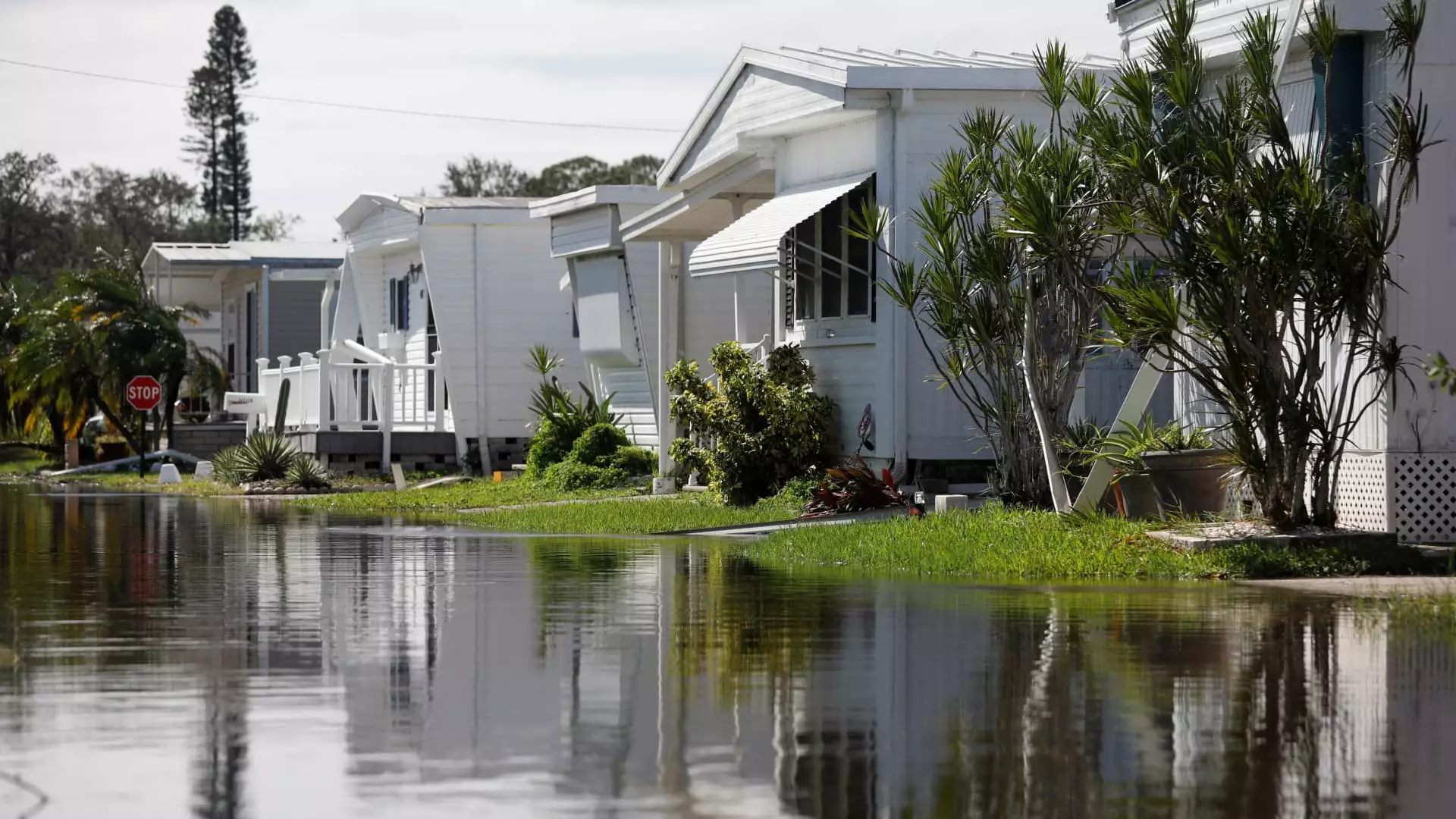Natural disasters can transform lives overnight, leaving families grappling with loss and uncertainty. When homes are rendered uninhabitable, understanding the nuances of insurance coverage becomes vital. One provision that often serves as a lifeline during such crises is “loss of use” coverage found in many homeowners and renters insurance policies. This article delves into what loss of use coverage entails, how it applies following natural disasters, and the considerations policyholders should keep in mind.
Natural disasters, such as hurricanes, floods, or fires, can inflict substantial financial damage. According to CoreLogic, Hurricane Helene’s insured damages reach an estimated $17.5 billion, while Hurricane Milton could see losses between $30 billion and $60 billion, as reported by Morningstar DBRS. With these staggering figures, it’s crucial for affected homeowners and renters to understand the resources available to them through their insurance policies.
Given the severity of financial impacts from such calamities, many insurance policies include provisions to address the challenges of displacement. Loss of use coverage is designed specifically for individuals whose homes become uninhabitable due to covered events. This provision provides a buffer against additional living expenses, such as hotel stays and food costs, which can accumulate rapidly in the aftermath of a disaster.
Loss of use coverage typically comes as part of homeowners’ insurance policies and is often set at around 20% of the dwelling coverage. For instance, if a homeowner insures their property for $100,000, the loss of use provision might offer an additional $20,000 to cover living expenses while repairs are undertaken.
Experts emphasize that this coverage is not only applicable to homeowners but also extends to renters and condominium policies. For renters, the loss of use amount is proportionally calculated based on personal property coverage rather than the dwelling itself. Understanding these specific terms can help policyholders navigate their claims more efficiently in times of crisis.
Following a natural disaster, taking immediate action is crucial. Insurance experts recommend contacting one’s insurance provider as soon as possible to inquire about loss of use coverage and the claims process. According to Shannon Martin, an insurance analyst, some companies may even expedite the claims process to issue early payments, thereby relieving immediate financial pressure.
It is vital for policyholders to be proactive in their communications and assertive in securing what they are entitled to under their policy. The claims process can be overwhelming, but knowing the right questions to ask can accelerate the receipt of assistance that may be needed for essential living expenses.
While loss of use coverage is an invaluable resource in the wake of a disaster, it is important to recognize its limitations. Experts caution that this financial support is typically intended only as a temporary solution. Jeremy Porter of the First Street Foundation emphasizes that these benefits may not be sufficient for individuals who are displaced for extended periods.
Moreover, after a major disaster, the dynamics of housing availability can shift dramatically. The cost of temporary accommodation may rise, potentially outpacing the financial limits set by the insurance policy. Therefore, while loss of use coverage does address immediate needs, it may be inadequate for long-term recovery efforts.
Understanding any policy restrictions is paramount. There could be caps on how much can be claimed or time limits on when claims must be submitted. Policyholders should also stay informed about any potential changes in coverage due to local disasters or shifts in market rates.
In addition to claiming insurance benefits, it is wise for affected individuals to consider seeking assistance from organizations like the Federal Emergency Management Agency (FEMA). This cooperative approach can provide a more comprehensive safety net for those grappling with the fallout from a disaster.
Loss of use coverage is a critical aspect of homeowners and renters insurance that can provide necessary financial support in times of crisis. However, understanding its scope and limitations, as well as acting promptly while exploring complementary assistance, are essential steps to ensuring a smoother recovery process. By being informed, policyholders can better navigate the challenges that arise following devastating natural events.

